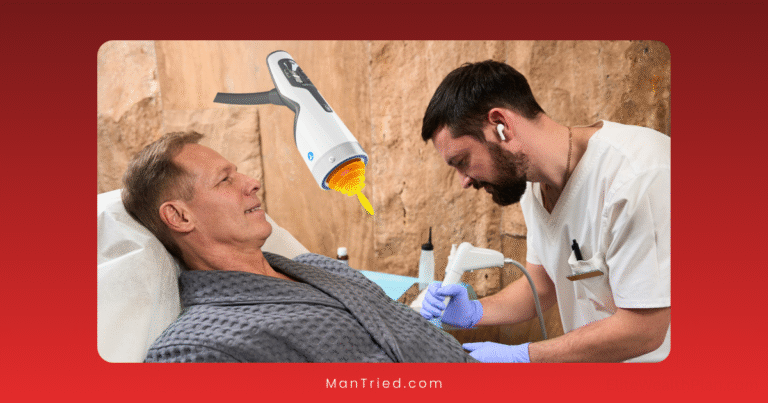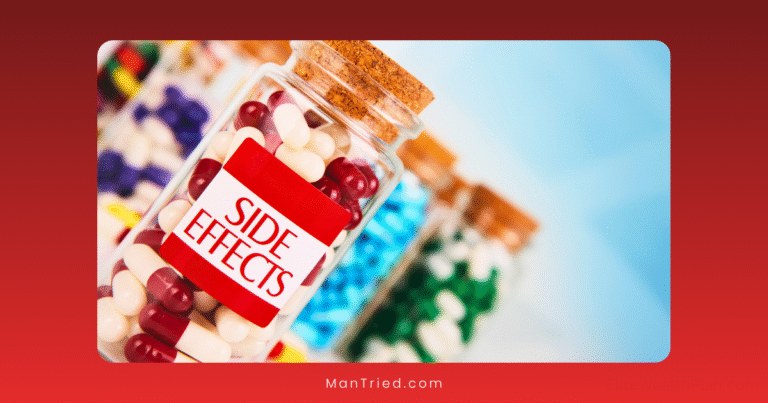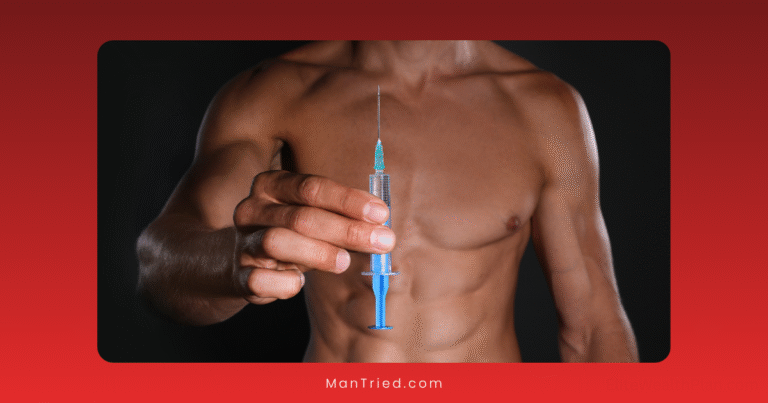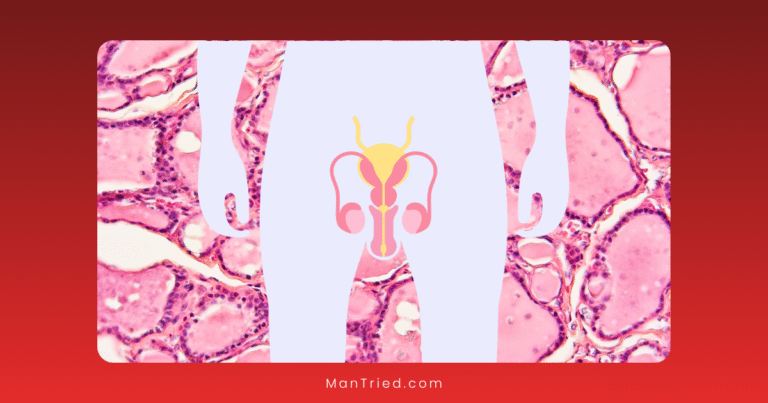Recovery After Penile Surgery: Timeline and Care Guidelines
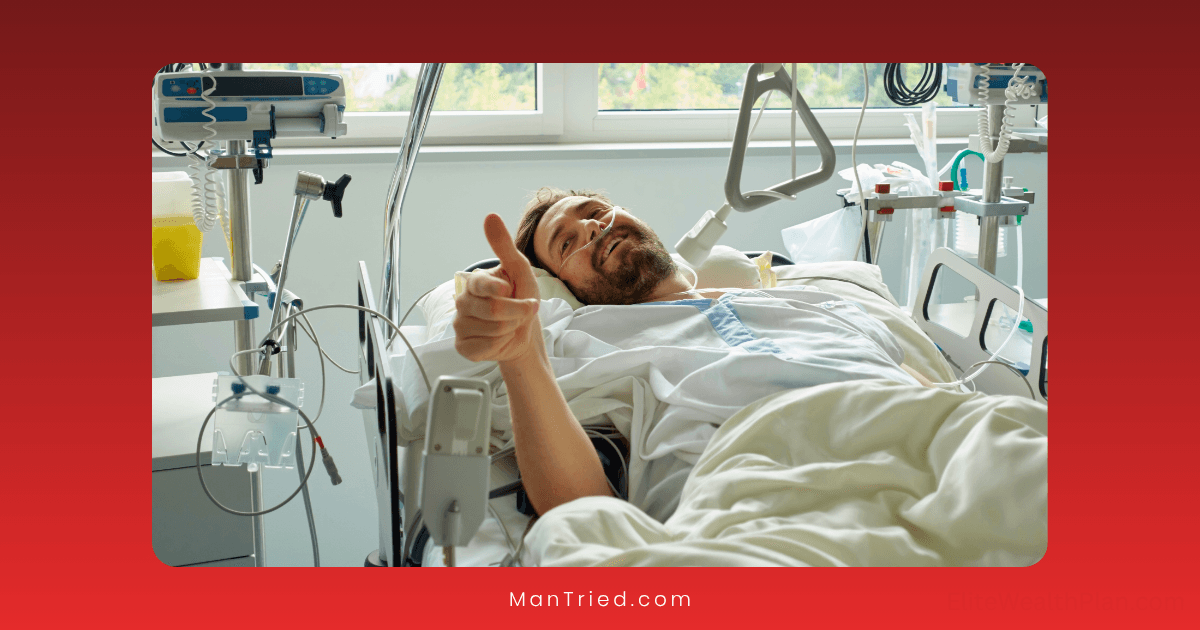
Penile surgery encompasses various procedures, from implant placement and circumcision to reconstructive surgeries and treatments for conditions like Peyronie’s disease. Regardless of the specific procedure, proper post-operative care is essential for optimal healing, minimizing complications, and achieving the best possible outcomes. This comprehensive guide outlines what to expect during recovery, providing a timeline and practical care guidelines to help patients navigate their healing journey.
Immediate Post-Operative Period (Days 1-3)
The first few days after penile surgery are critical for establishing the foundation of proper healing.
Hospital Stay
- Duration: Depending on the procedure, you may be discharged the same day or stay overnight
- Monitoring: Healthcare providers will monitor for immediate complications such as bleeding or adverse reactions to anesthesia
- Catheterization: Many penile surgeries require temporary urinary catheterization, which may remain in place for 24-48 hours
Pain Management
- Prescription medications: Typically, you’ll receive narcotic pain medications for the first few days
- Administration schedule: Take medications as prescribed, staying ahead of pain rather than waiting for it to become severe
- Ice therapy: Apply ice packs to the surgical area for 15-20 minutes every 1-2 hours during waking hours- Always wrap ice packs in a thin towel to prevent direct contact with skin
- Continue ice therapy for the first 48-72 hours to reduce swelling and discomfort
“Pain control is essential in the early recovery phase,” explains Dr. Jonathan Clavell, urologist and men’s sexual health specialist. “Proper pain management allows for earlier mobility and reduces the stress response, which can improve healing.”
Wound Care
- Dressings: Follow your surgeon’s specific instructions regarding dressing changes
- Drainage: Some procedures require a Jackson-Pratt (JP) drain to remove excess fluid
- Empty the drain collection bulb 2-3 times daily, recording the amount and color of drainage
- The drain is typically removed by medical staff 2-3 days after surgery
- Positioning: Keep the penis positioned upward toward the belly button to minimize swelling
- Support: Wear snug underwear or a scrotal support as recommended by your surgeon
Activity Restrictions
- Bed rest: Plan to rest in bed with minimal movement for the first 24-48 hours
- Mobility: When moving is necessary, move slowly and carefully
- Position: When lying down, elevate your pelvis slightly with a pillow to reduce swelling
Early Recovery Phase (Days 4-14)
As the initial post-operative period passes, you’ll gradually increase activities while continuing to prioritize healing.
Pain Management
- Transition from narcotics: Around days 3-5, begin transitioning to non-narcotic pain relievers as directed
- Alternative options: After 48 hours, you may be able to use over-the-counter anti-inflammatories like ibuprofen if approved by your surgeon
- Heat therapy: After 72 hours, you may switch to warm compresses for comfort (if recommended by your surgeon)
Hygiene
- First shower: Most surgeons allow showering 48-72 hours after surgery
- Let water run gently over the incision area; do not scrub
- Pat the area dry gently with a clean towel
- Bathing restrictions: Avoid baths, hot tubs, and swimming pools for at least 2 weeks
- Incision care:
- Clean the incision daily with mild soap and warm water
- Avoid hydrogen peroxide or alcohol, which can delay healing
- If surgical glue was used, do not pick or peel it off; it will fall off naturally
According to the University of Iowa Hospitals & Clinics, “Incision healing typically takes four to six weeks. During this time, it’s important to keep the area clean but avoid scrubbing or soaking the incision.”
Activity Progression
- Walking: Begin short, gentle walks around your home to promote circulation
- Driving: Avoid driving for at least 1 week, and never drive while taking narcotic pain medication
- Work: Most patients can return to desk jobs within 1-2 weeks, but physical jobs may require 3-4 weeks off
- Lifting restrictions: Do not lift anything heavier than 15-20 pounds during this period
Specific Device Care (For Implant Surgeries)
- Implant status: For penile implants, the device may be partially inflated during this period
- Positioning: Continue to position the penis upward toward the abdomen
- Pump placement: For inflatable implants, gently pull the pump down in the scrotum daily (starting around day 3) to keep it in the proper position
Intermediate Recovery (Weeks 3-6)
During this phase, most patients see significant improvements in comfort and can gradually resume more normal activities.
Physical Activity
- Exercise: By week 3, light exercise such as walking can be increased, but continue to avoid strenuous activities
- Lifting: By week 4, lifting restrictions may be increased to 25 pounds if healing is progressing well
- Return to normal: Most patients can return to most normal physical activities by week 6, with surgeon approval
The University of Utah Health advises: “Do not lift anything heavier than 15 pounds or participate in rigorous exercise for four weeks post-surgery. Full healing usually takes between four and six weeks.”
Sexual Activity
- Abstinence period: Regardless of the type of penile surgery, sexual activity (including masturbation) should be avoided for approximately 6 weeks
- Gradual resumption: When cleared by your surgeon, begin sexual activity gently and gradually
- Expectations: Some discomfort may occur initially when resuming sexual activity; this is normal
Ongoing Care
- Scar management: After incisions have fully closed (typically by week 3-4), you may begin gentle scar massage if recommended by your surgeon
- Support garments: Continue wearing supportive underwear for 4-6 weeks, especially during physical activity
- Hydration: Maintain good hydration to support healing
- Nutrition: Focus on a balanced diet rich in protein, vitamins, and minerals to support tissue repair
Long-Term Recovery (6+ Weeks)
By six weeks post-surgery, most patients have substantially recovered, but some aspects of healing continue.
Return to Full Activities
- Exercise: With surgeon approval, most patients can return to all forms of exercise after 6 weeks
- Sexual activity: Sexual function typically returns to normal, though some procedures may require adaptation or device training
- Work: Even physically demanding jobs can usually be resumed by 6-8 weeks
Ongoing Considerations
- Scar maturation: Scars continue to mature and fade for up to 12 months
- Sensation changes: Some procedures may cause temporary or permanent changes in sensation
- Device operation: For implant surgeries, becoming comfortable with device operation may take several months
Dr. Rafael Carrion, Professor of Urology at USF Health, notes: “Complete psychological adjustment to penile surgery outcomes can take 6-12 months. Patience during this period is important for both patients and their partners.”
Follow-Up Appointment Schedule
Proper follow-up care is essential for monitoring healing and addressing any concerns.
Typical Follow-Up Timeline
- First follow-up: 2-3 weeks post-surgery
- Incision check
- Removal of any non-dissolving stitches
- Initial device instruction (for implants)
- Second follow-up: 6 weeks post-surgery
- Clearance for sexual activity
- Comprehensive device training (for implants)
- Discussion of any ongoing concerns
- Extended follow-up: 3 months post-surgery
- Assessment of final functional outcomes
- Address any persistent issues
- Long-term care instructions
Potential Complications: When to Seek Medical Attention
While most recoveries proceed without major issues, it’s important to recognize warning signs that require prompt medical attention.
Contact Your Surgeon Immediately If You Experience:
- Fever over 101°F (38.3°C)
- Excessive bleeding that soaks through bandages
- Increasing pain rather than gradually improving pain
- Significant swelling beyond what was expected (e.g., scrotum larger than an orange)
- Pus or foul-smelling discharge from incisions
- Inability to urinate for more than 8 hours
- Implant issues such as persistent inflation, mechanical failure, or erosion
- Signs of infection including increased redness, warmth, or red streaking from the incision
According to Alberta Health Services, “Emergency care should be sought for severe pain, worsening symptoms, or signs of infection.”
Practical Tips for a Smoother Recovery
These additional tips can help make your recovery more comfortable and successful:
Home Preparation
- Clothing: Have several pairs of supportive underwear ready before surgery
- Sleeping arrangement: Prepare a recovery area on your main floor if possible to avoid stairs
- Ice packs: Purchase several gel ice packs before surgery and keep them frozen
- Medications: Fill all prescriptions before the procedure
Daily Living
- Clothing choices: Loose-fitting pants with elastic waistbands are easier to manage
- Showering adaptations: A shower chair may be helpful during early recovery
- Movement strategies: When standing from a seated position, use your arms for support rather than abdominal muscles
Psychological Wellbeing
- Expectations: Understand that some discomfort and swelling may persist for weeks
- Support: Consider joining a support group for your specific procedure
- Communication: Maintain open communication with your partner about recovery progress
- Patience: Remember that complete recovery, especially psychological adjustment, takes time
Procedure-Specific Recovery Considerations
While the above guidelines apply to most penile surgeries, certain procedures have unique recovery aspects:
Penile Implant Surgery
- Device training: Learning to operate the device properly is crucial for satisfaction
- Cycling the device: After clearance (usually at 6 weeks), regular cycling of the device is recommended
- Expectations: Some discomfort during device operation may persist for several months
Penile Reconstruction or Augmentation
- Appearance expectations: Final aesthetic results may take 3-6 months as swelling completely resolves
- Size changes: Some procedures may show initial results that change as healing progresses
- Sensation: Nerve regeneration and sensation recovery may continue for 6-18 months
Circumcision (Adult)
- Sensitivity: The exposed glans may be particularly sensitive for 2-4 weeks
- Appearance: Final cosmetic appearance develops over 4-6 weeks
- Sutures: Dissolving sutures typically disappear within 2-3 weeks
Peyronie’s Disease Treatments
- Straightening results: Final curvature correction may not be fully apparent until all swelling resolves
- Length considerations: Some procedures may result in length changes that become more apparent during recovery
- Erectile function: Return of normal erectile function may take 3-6 months
Conclusion
Recovery from penile surgery requires patience, careful adherence to medical instructions, and attentiveness to your body’s healing process. While the timeline and specific guidelines may vary based on the exact procedure and individual factors, the general principles of wound care, activity progression, and complication monitoring remain consistent.
By following your surgeon’s specific instructions and the general guidelines outlined in this article, you can optimize your healing process and increase the likelihood of a successful outcome. Remember that complete recovery—both physical and psychological—takes time, and maintaining open communication with your healthcare providers throughout the process is essential.
Have you undergone penile surgery? Share your recovery tips and experiences in the comments below to help others on their healing journey.

